
The Global Business Environment
The Global Business Environment

International Strategy Formulation
•Why Globalize?
–expand sales
•when domestic markets are saturated, should go
overseas to increase sales and profits
–acquire resources
•resources may be more readily available and less
costly in other countries
–diversify sources of sales and supplies
•different business cycles between countries
•may avoid impact of price swings or shortages
–avoid tariffs

The Changing Global Environment
•In the past, managers have viewed the global sector as
closed
–Each country or market was assumed to be isolated from
others
–Firms did not consider global competition, exports
•Today’s business environment is very different
–Managers need to view it as an open market
–Organizations buy and sell around the world
–Managers need to learn to compete globally
•Global organizations
–organizations that operate and compete in more than one
country
–are free to establish foreign subsidiaries to become strong
world competitors

Barriers to Free Trade
Free Trade
Barriers
Tariffs
Economic
Communities
Export
Restraints
Buy National
Campaigns
Quotas
Local Ownership
Requirements
Distance
Cultural
Differences

Barriers to International Trade
•Trade Controls - governmental influences usually
aimed at reducing the competitiveness of imported
products or services
–Tariffs: taxes levied on goods shipped
internationally
–Subsidies: direct payments to domestic producers
–Quotas: legal restrictions on the import of goods
•Free trade doctrine - predicts that if each country
agrees to specialize in the production of goods that it
can produce most efficiently, it will
–make the best use of global resources
–result in lower prices





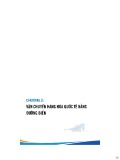
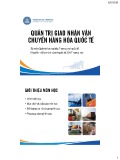
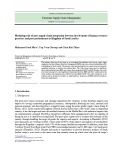
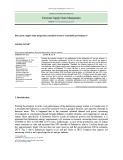

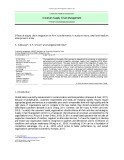
![Sổ tay Hướng dẫn phát triển chuỗi cung ứng [Chuẩn nhất]](https://cdn.tailieu.vn/images/document/thumbnail/2025/20251007/kimphuong1001/135x160/26201759828896.jpg)
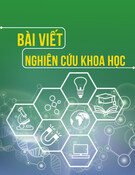
![Bài giảng Logistic: Kho công cộng [Chuẩn Nhất]](https://cdn.tailieu.vn/images/document/thumbnail/2025/20250926/duyaokij2004@gmail.com/135x160/37761759129622.jpg)
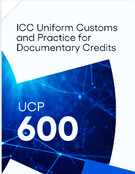
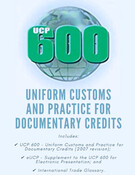
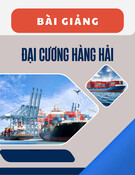
![Bài giảng Mô hình và thiết kế hệ thống Logistics [chuẩn nhất]](https://cdn.tailieu.vn/images/document/thumbnail/2025/20250919/kimphuong1001/135x160/30911758252266.jpg)
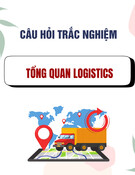
![Trắc nghiệm nghiệp vụ giao nhận và khai báo hải quan [mới nhất 2024]](https://cdn.tailieu.vn/images/document/thumbnail/2025/20250916/dngapr1187/135x160/69491758016420.jpg)

![Bài giảng quản lý chuỗi cung ứng: Cung ứng và mua hàng [chuẩn nhất]](https://cdn.tailieu.vn/images/document/thumbnail/2025/20250915/nguyendinhdanhbgg2005@gmail.com/135x160/67081757989489.jpg)
![Đề thi Quản trị Logistics và chuỗi cung ứng quốc tế học kì 2 năm 2024-2025 có đáp án [Mới nhất]](https://cdn.tailieu.vn/images/document/thumbnail/2025/20250915/kimphuong1001/135x160/59591757927414.jpg)



